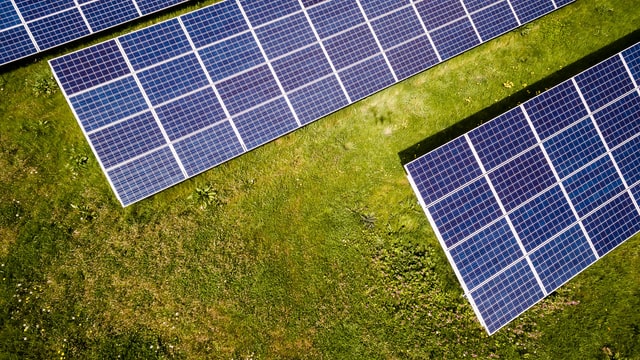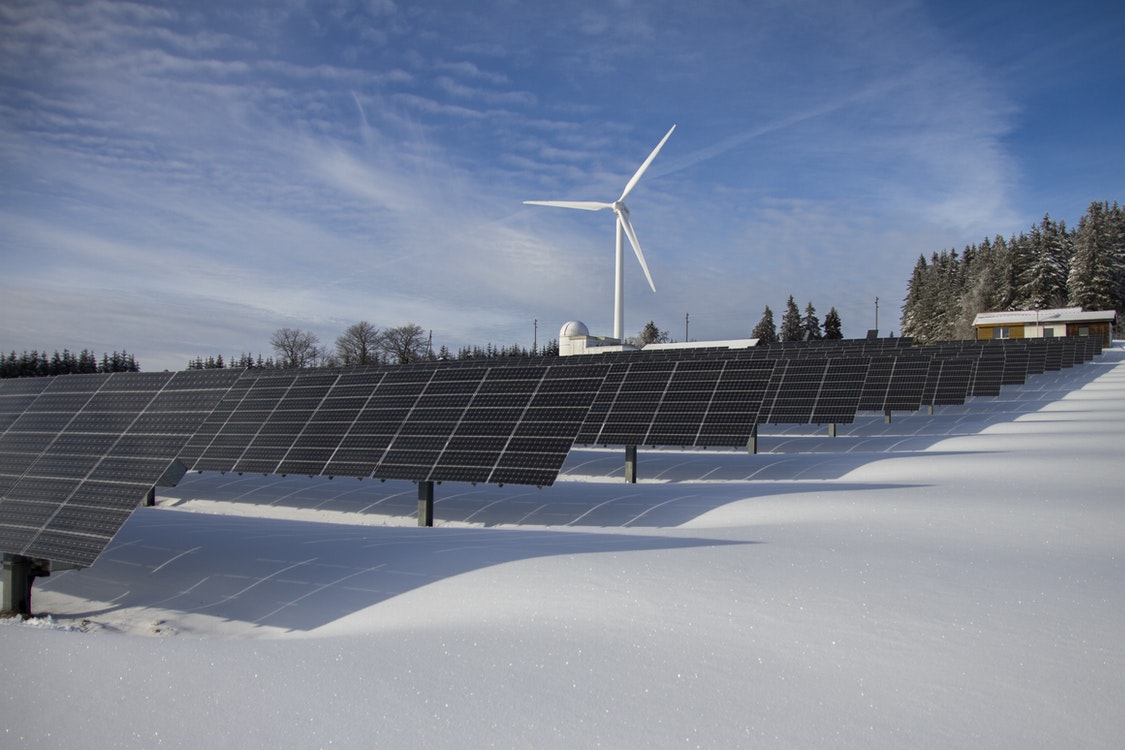The most obvious uses for solar panels are to generate electricity. The technology behind this is very simple. The sun’s energy is converted into electricity by passing photons through solar cells. When these photons hit the panels, they knock electrons out of their atoms and release them into an electrical circuit.
The energy released is used to power the electric current that powers our homes and other devices. Unlike traditional power stations, solar panels are also extremely cheap and can be as small as a calculator.
The solar panels are hand-held and can be stitched into clothing. These solar filaments are used to keep the wearer warm and can power a variety of portable electronics. In addition, they can be used to light up a building’s façade or power curtains and awnings.
In addition to these uses, solar-powered clothes can also be used to heat car seats. These products are also incredibly useful for the environment. Besides solar power, the solar panels can also be hand-held or placed in the ground for irrigation.

The Many Applications of Solar Panels Today
These hand-held solar panels are very versatile and can be easily used for construction jobs. Please learn more about this when you follow this provided resource. You can also use them for irrigation. You can use them on a construction site to heat water. They are very convenient to use and are even portable enough to be used by construction workers.
Aside from providing energy for the house, they can also be used to power other items. The uses of solar panels are many. Aside from producing electricity, they can be used for heating and cooling.
Aside, from providing light, solar panels can also harness heat from the sun to heat up commercial buildings, homes, and businesses. These devices are so efficient that they are becoming a viable alternative source of electricity for many different industries.
You can even buy them hand-held for construction projects. Aside from lighting, solar cells can also be used in calculators. Some solar panels are used to power televisions and run street lights. In addition to powering these devices, solar cells can be embedded into clothing.
These tiny flexible solar panels can be stitched into clothing. The materials are flexible and can be used to keep the wearer warm. They can also be used to provide electricity for other appliances, such as heated car seats. If you’re on a construction job, a hand-held solar panel may be very handy.
Providing Electricity to Remote Locations
Another common use of solar panels is to provide electricity to remote locations. A solar cell can provide electricity to a remote area. In addition, it can power an entire commercial building. It can also be used to provide electricity for a remote home or boat.
There are numerous other uses of solar cells, including the power of electric wheelchairs. This technology is a boon to those who have limited electricity. Aside from lighting up buildings, it can power any electronic device. Solar cells are widely used in many different fields. They can be used to produce electricity or heat water.
In the construction industry, they can be hand-held for construction workers who are working on remote sites. Aside, from being portable, solar-cell panels can be used to power appliances. For example, they can be used for irrigation purposes.
The highest demand for water coincides with the highest solar radiation season. The energy generated by these solar cells is so efficient that they are now being considered the most sustainable energy sources available.
There are many more uses for solar panels. The sun’s ultraviolet rays can kill organisms and reduce diarrheal diseases. The use of solar PV in desalination plants has been discovered to be particularly beneficial in developing countries.
Benefits of Using Solar Energy
However, there are other benefits of solar energy. The sun’s energy can power a building, but it can also be used to generate electricity. It can even be used to generate electricity. You can find numerous other uses for solar panels.
Solar power is used for lighting in homes. They can generate electricity during the day but cannot produce it at night. During the day, they can charge a battery that stores the energy for illumination at night. They are a cost-effective alternative to electrical power.
The main benefit of solar panels is that they are more affordable than electrical systems. The use of solar power in lighting in homes has increased exponentially. It is becoming the most popular option in solar-powered home installations and can be adapted to nearly any area of a home.


